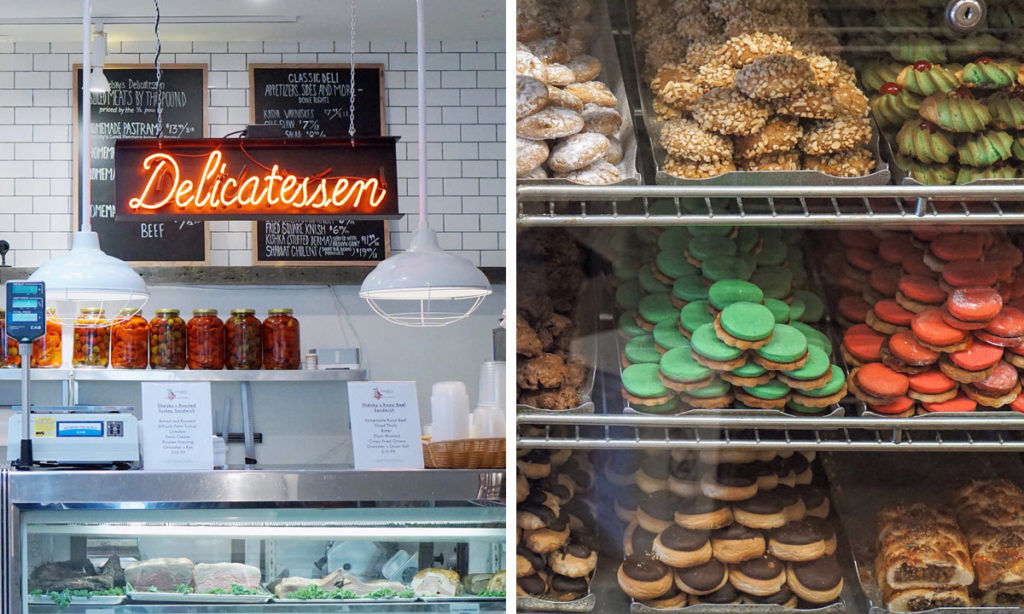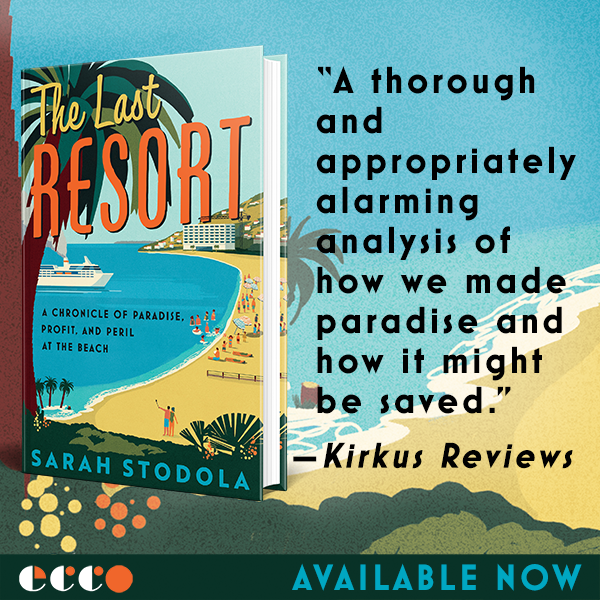There was a time in Brooklyn, a little more than a decade ago, when it wasn’t yet clear that Williamsburg would become Williamsburg, when Carroll Gardens too was making a play to be the hub for what would become hipster culture. In 2001, I lived in Williamsburg and my best friend lived in Carroll Gardens. I frequented both, almost exclusively, if I wasn’t at my job in Manhattan. I remember a Time Out New York cover that came out just after I moved to the city, when Time Out New York covers still felt like cultural signposts, featuring the coffee shop/bar/DJ magnet/used furniture shop Halcyon on Smith Street, the area’s main commercial drag. It showed a scene from inside the place featuring the kinds of cool kids who couldn’t be bothered with Manhattan nightclubs. It reads, “A Scene Grows in Brooklyn.” I remember the yearning instilled in me by that cover.
Halcyon is long gone—a version of it now exists in, of course, Williamsburg. Carroll Gardens ultimately achieved a different kind of identity, one that I ended up thinking a lot about when I went on UrbanOyster’s tour of the culinary delights of Brooklyn’s Carroll Gardens and Cobble Hill (Full disclosure: UrbanOyster comped my ticket. It’s worth noting that the tour doesn’t visit restaurants, but coffee shops, bakeries, delis and specialty shops.)
Early on, our guide pointed across Smith Street to two side-by-side establishments. The first was Paisano’s, an Italian butcher shop. The second? A Starbucks. Here is a solid metaphor for the state of the neighborhood today, with its decades-old Italian bakeries and butchers existing alongside the markers of an influx of wealth: in addition to chains like Starbucks and Rag & Bone, places selling the kinds of artisanal foodstuffs that have helped make Brooklyn a global phenomenon. We sampled the best of both on this tour, and received an interesting history of the area, going all the way back to the Revolutionary War.
Despite a gentrification that has raised rents on Smith Street to unfathomable heights, driving out many of the mom-and-pop spots, a remarkable number remain—many of their owners also own the buildings they occupy, insulating them from the rent hikes. The aesthetic of the gentrification that has emerged is less dirty hipster, more Kinfolk, less rock-in-roll, more foodie. Which perhaps meshes better with the traditions already in place. I was pleased to see the old timers and the newbies interacting, and using each other’s products in creating their own.
With a $64 ticket price, I consider the Urban Oyster tour to in fact be a bargain, considering all the food and drink that comes with it: pimiento sandwiches and house-made cherry blossom kombucha and cookies and coffee and beer and a truly legit spinach pie and freshly baked sourdough bread that very nearly changed my life, to name a few. We also received a 20% discount on anything purchased beyond what came with the tour at each stop. I went home with some bitters from Stinky, a bag of coffee beans from D’Amico, and a chunk of halloumi cheese from Damascus. I returned a few days later for some of Bien Cuit’s sourdough, unable to stop thinking about it. And I don’t even consider myself a foodie, at least not by Brooklyn standards.
Fore more info and booking: Brownstone Brooklyn Eats Tour from UrbanOyster.







